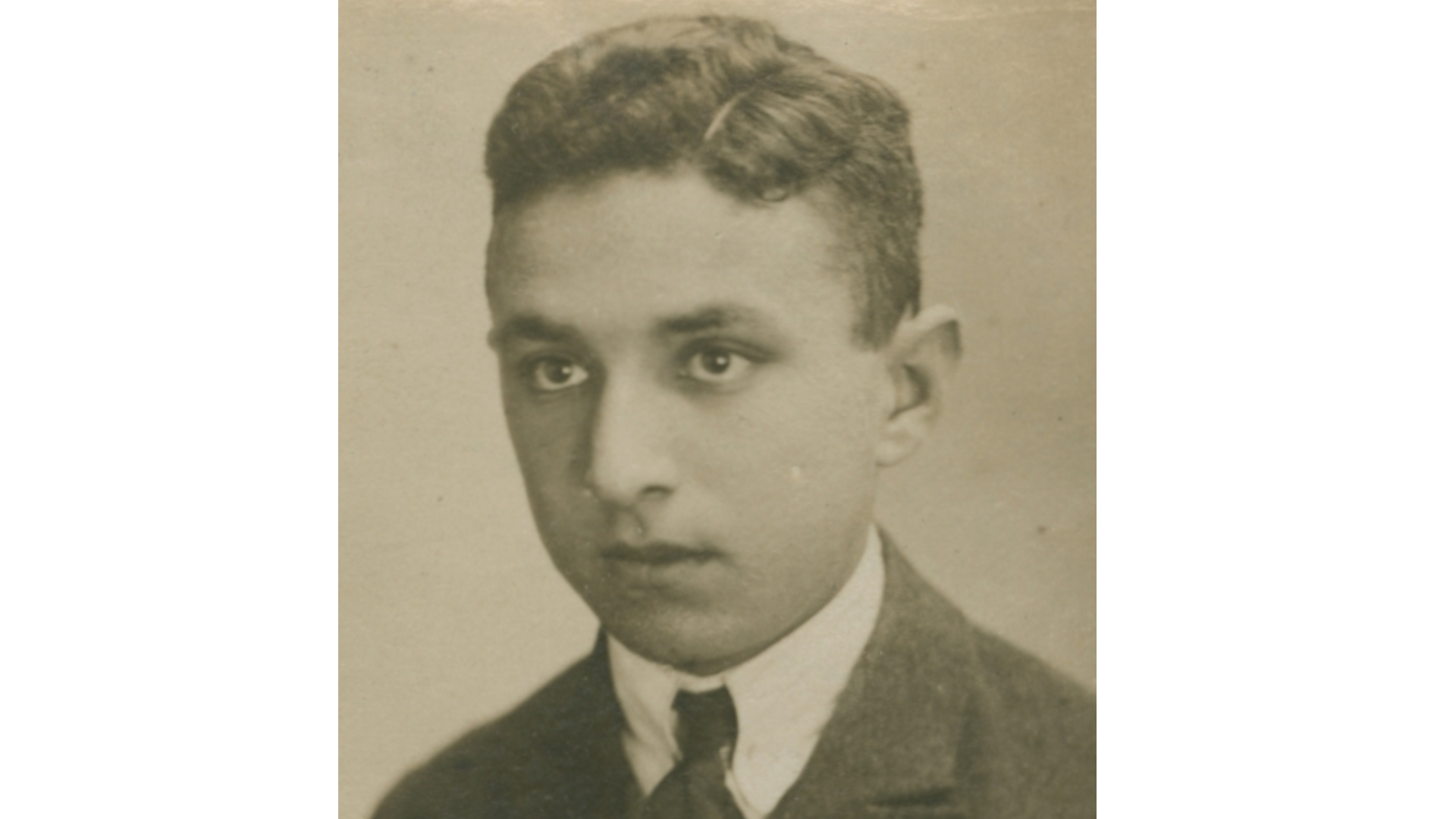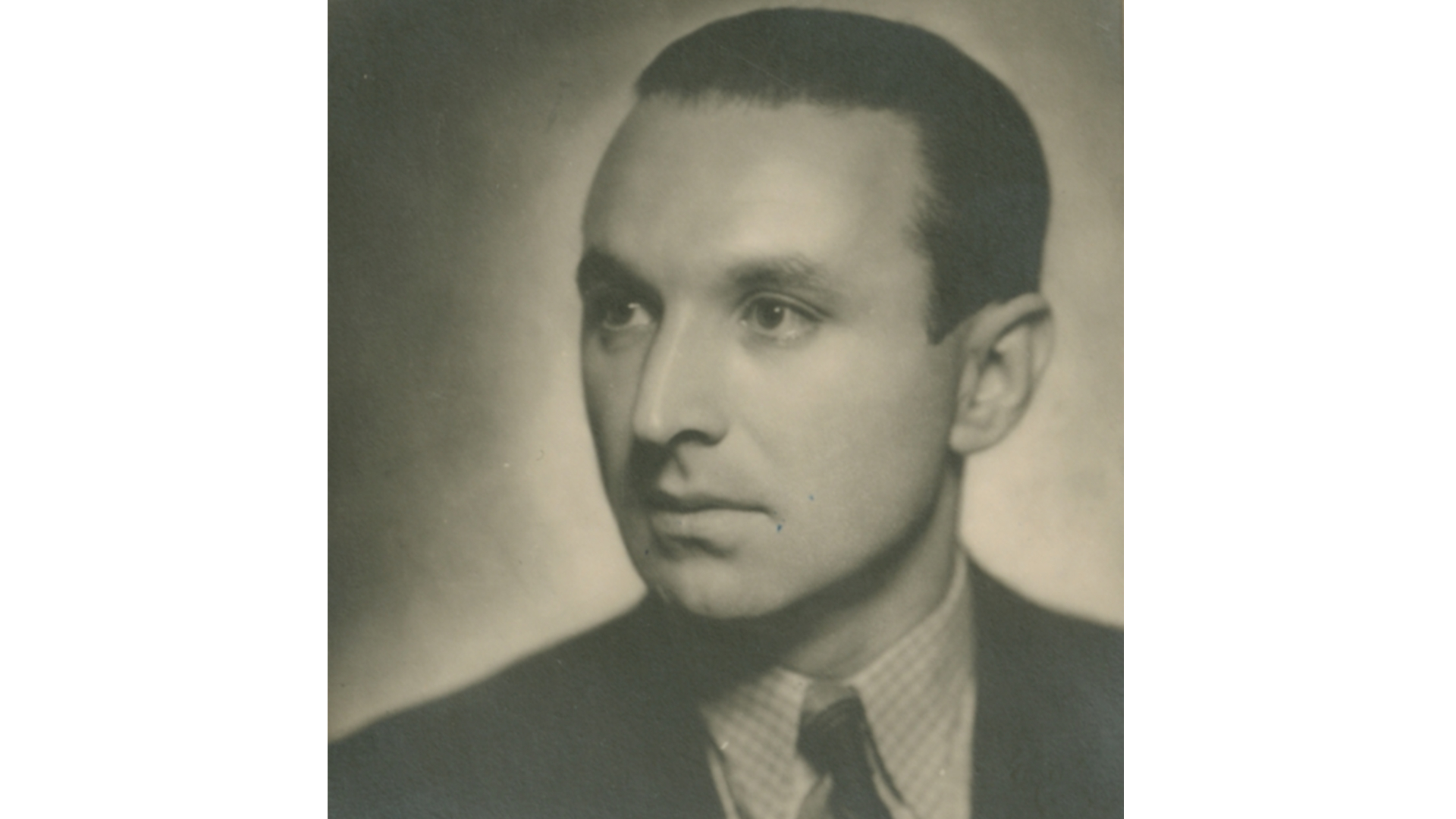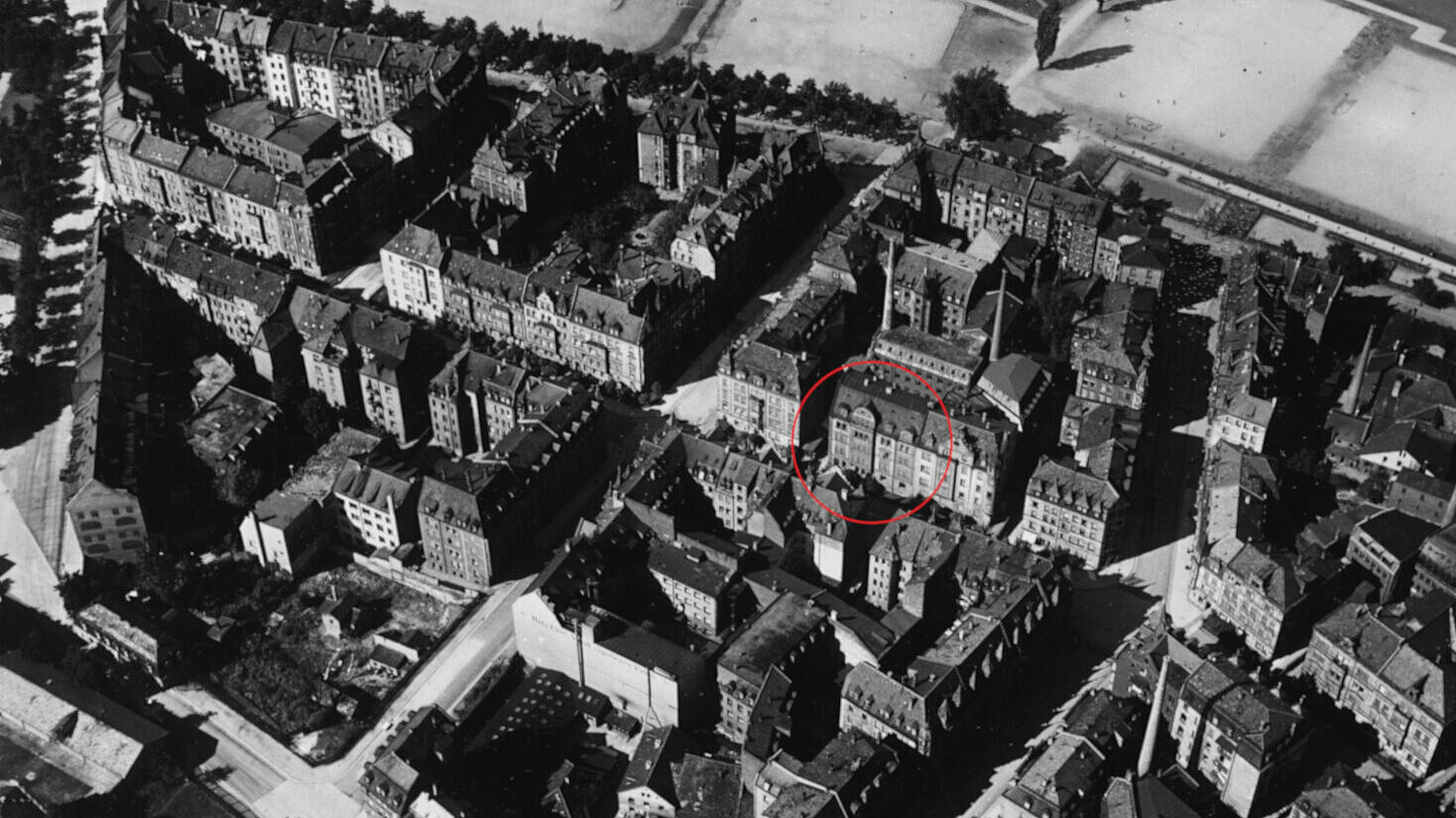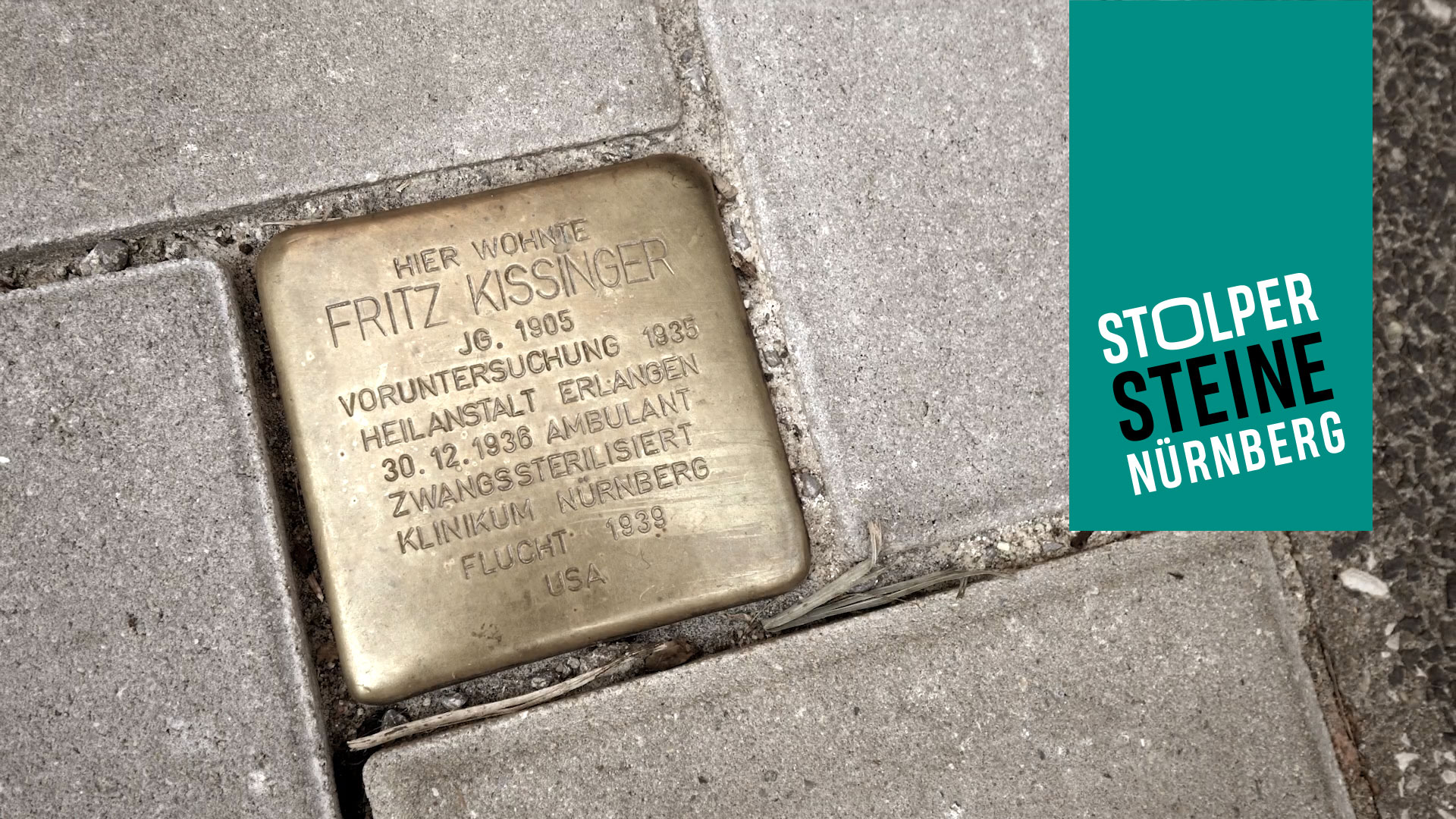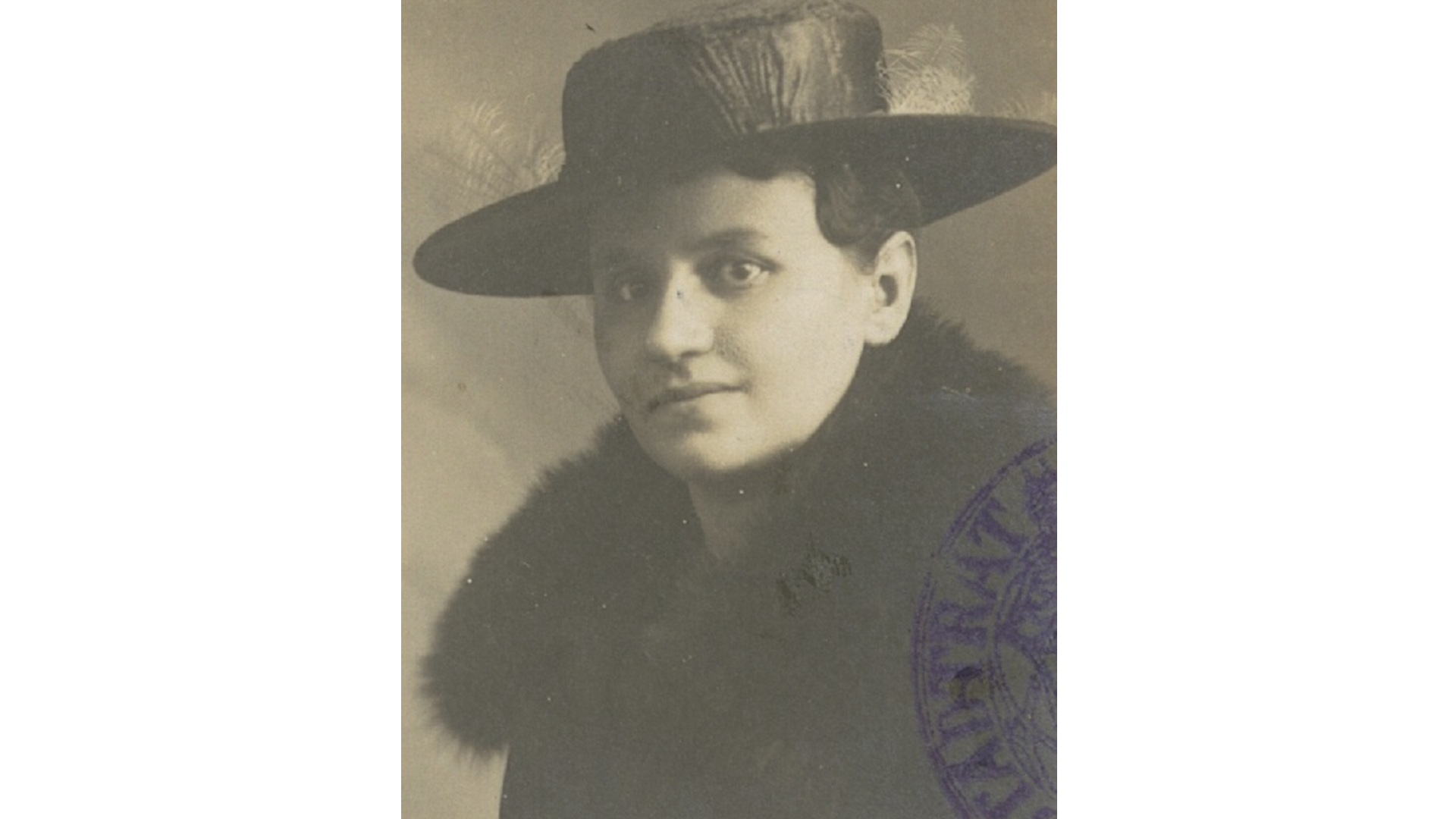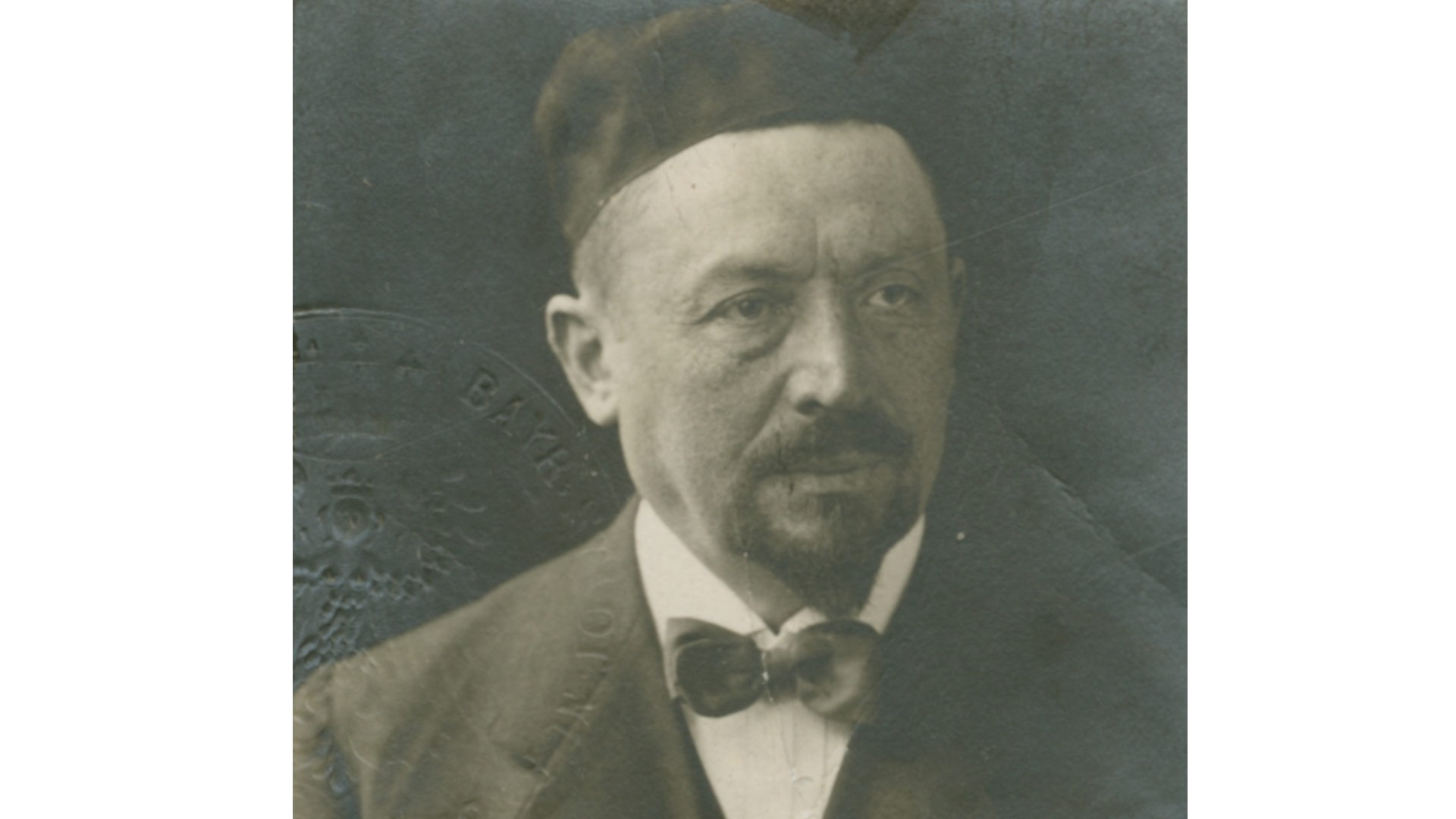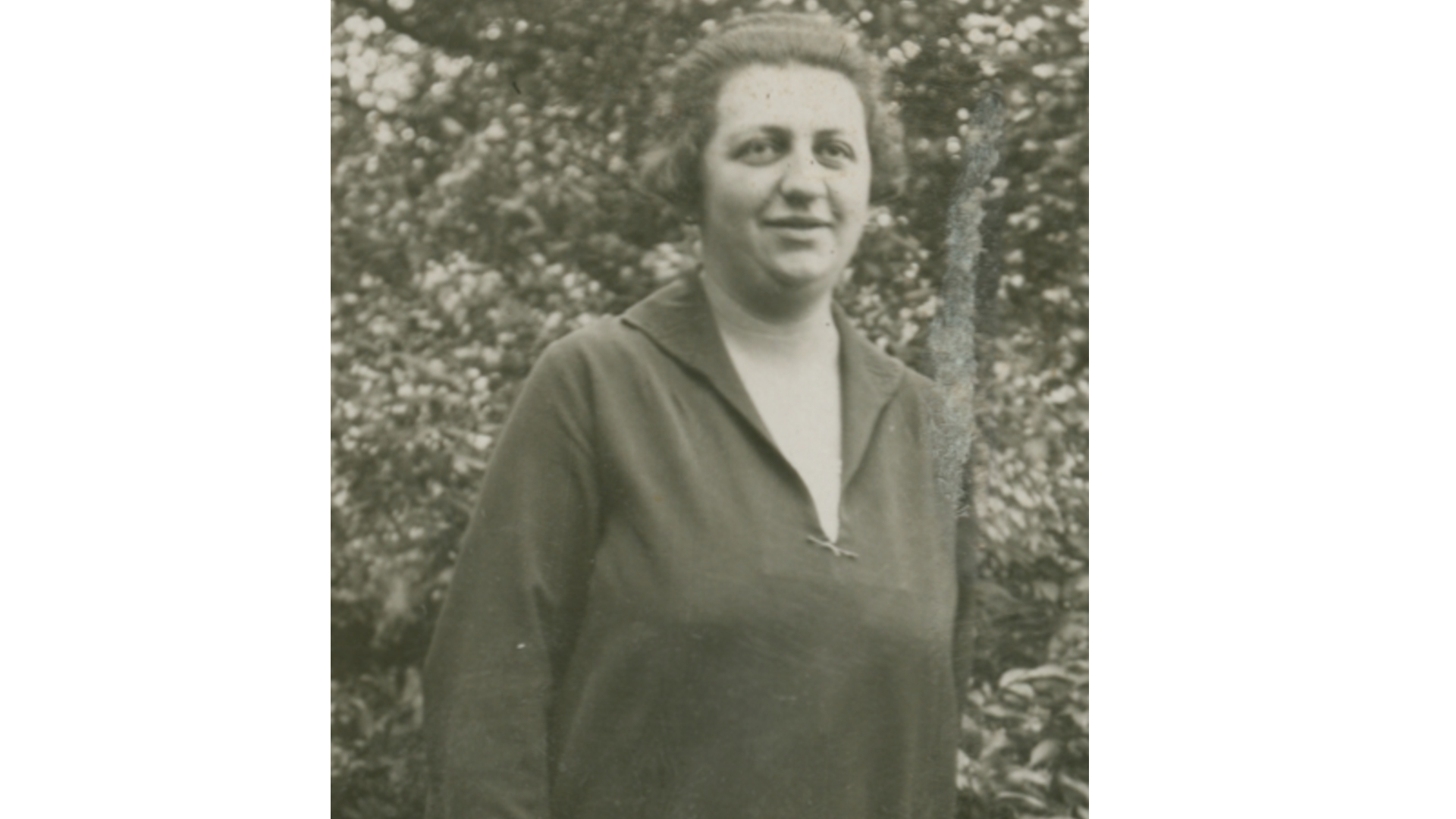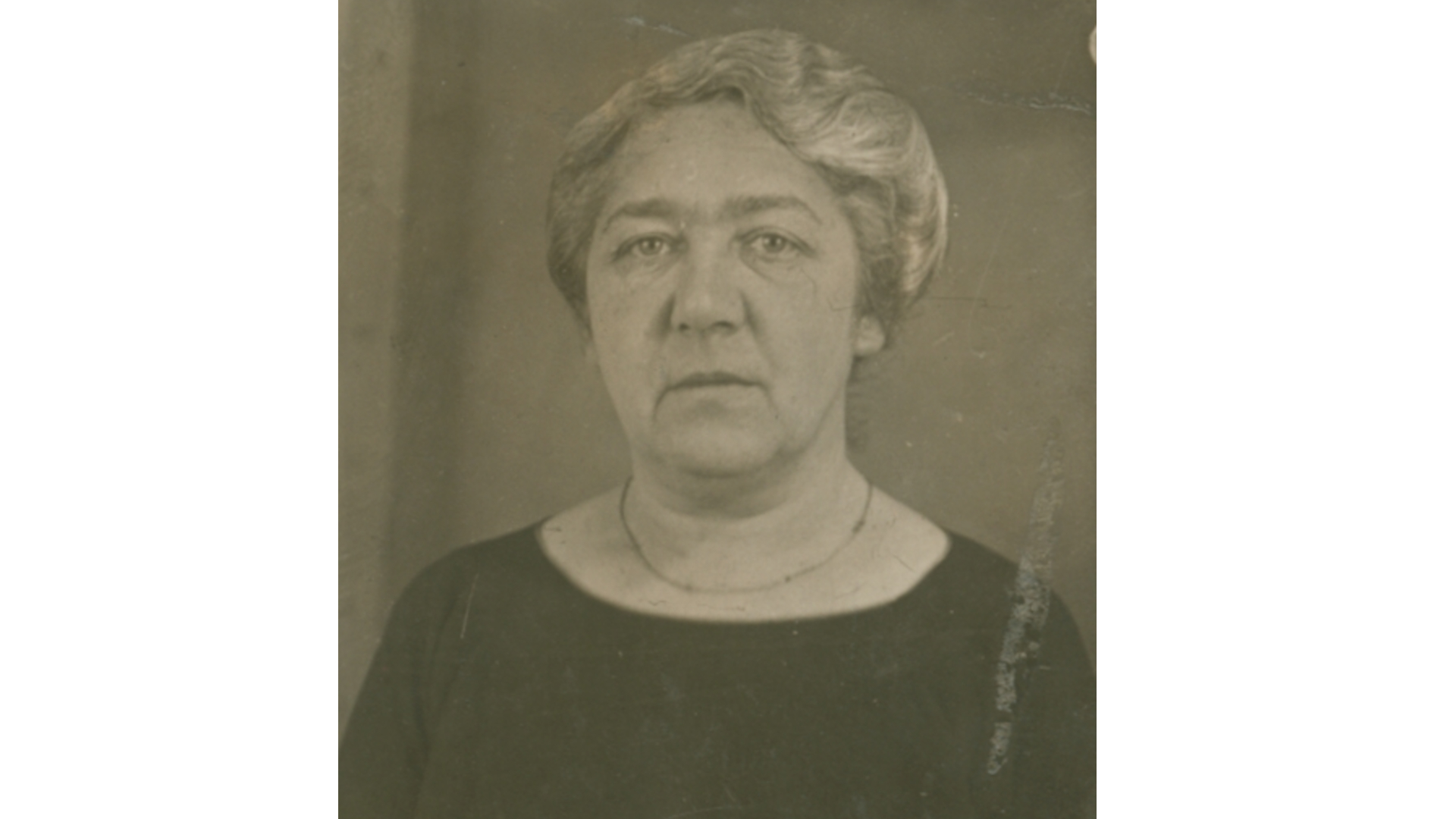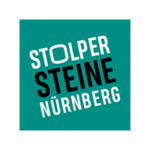| Location of stone: Hochstrasse 22 | District: Himpfelshof |
| Sponsor: Rotary Club Nuremberg Kaiserburg | Laying of stone: 11 June 2021 |
Biography
On 11 June 2021 Gunter Demnig laid six stumbling stones in Nuremberg for victims of National Socialist medical crimes. The victims’ lives were researched by pupils who attended a P-Seminar at Nuremberg’s Hermann Kesten College, led by Dr Maren Janetzko and Dr Pascal Metzger. The project was carried out in cooperation with the history association Geschichte Für Alle e.V. (History for Everyone). To finance the laying of the stones, the seminar participants applied successfully for a donation from Nuremberg’s Rotary Club. One of the biographies reconstructed during the project was that of Fritz Kissinger. After he was diagnosed as suffering from a “genetic disease”, Fritz was forcibly sterilised.
Fritz Kissinger was born in Nuremberg on 8 May 1905, the eldest son of Daniel Kissinger, Jewish owner of a leatherware factory. Fritz lived at Hochstrasse 22 in Himpfelhof, together with his father, his mother Amalie (née Erlanger), and his brother Walter, who was five years younger than Fritz. In his father’s factory Fritz trained to be a trader. His work for the family business meant that he frequently travelled within Germany and abroad.
At a young age he frequently suffered from depression. This led to periods of hospital treatment as an in-patient and visits to health resorts. In accordance with the “Law for the Prevention of Genetically Diseased Offspring”, which came into force on 1 January 1934, these institutions were obliged to report any relevant diagnoses.
The genetic health court in Erlangen, responsible for cases in Nuremberg, ruled that Fritz be sterilised. The operation was carried out in February 1935. However, the sterilization was unsuccessful. In summer 1936 Fritz fathered a child with Else Kaufmann, also Jewish. Now municipal departments discussed whether the state in this instance was bound to pay maintenance support. During the pregnancy, Else moved to Berlin, where she gave birth to her daughter Stella. Fritz was forced to undergo a second sterilisation operation in December 1938.
Shortly before the outbreak of the Second World War, Fritz Kissinger emigrated to the USA, where he joined the US army. He died in a car accident on 31 December 1952 in Boston.
In September 1939 his brother was also able to flee the country, escaping to South America. Their father died in August 1942 in Nuremberg. Amalie Kissinger, Else and Stella Kaufmann were deported to concentration camps and murdered.

